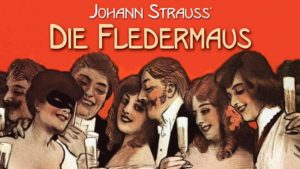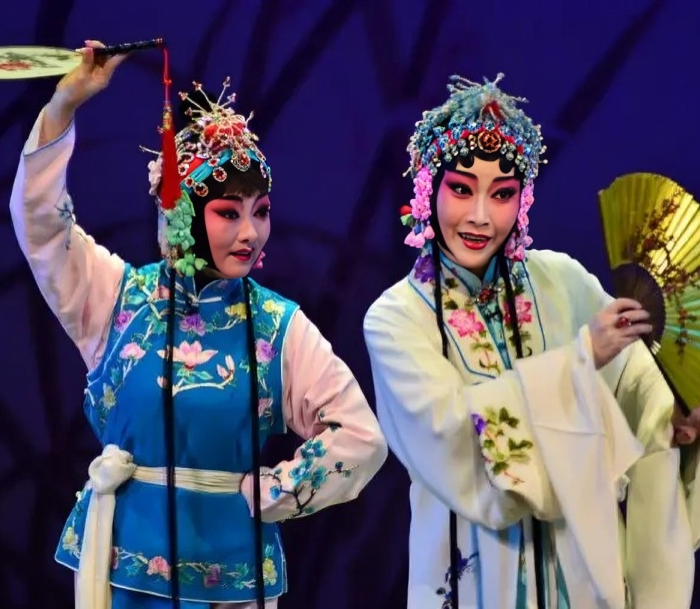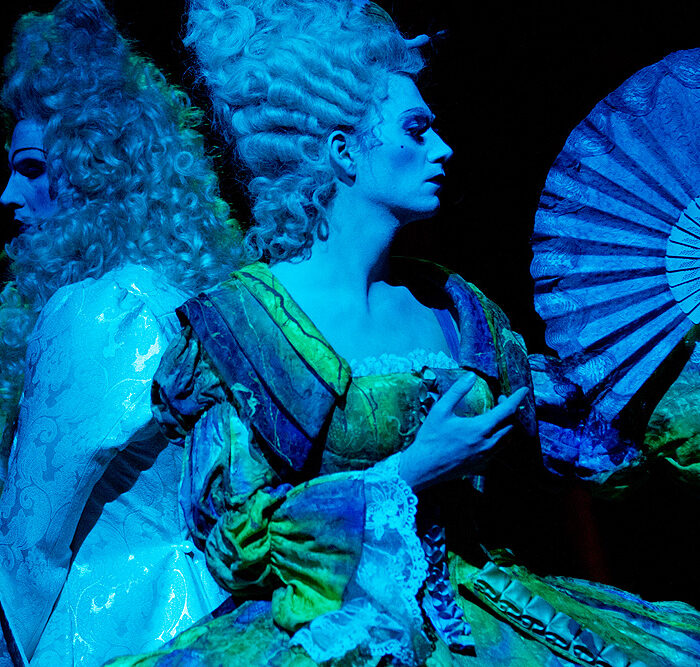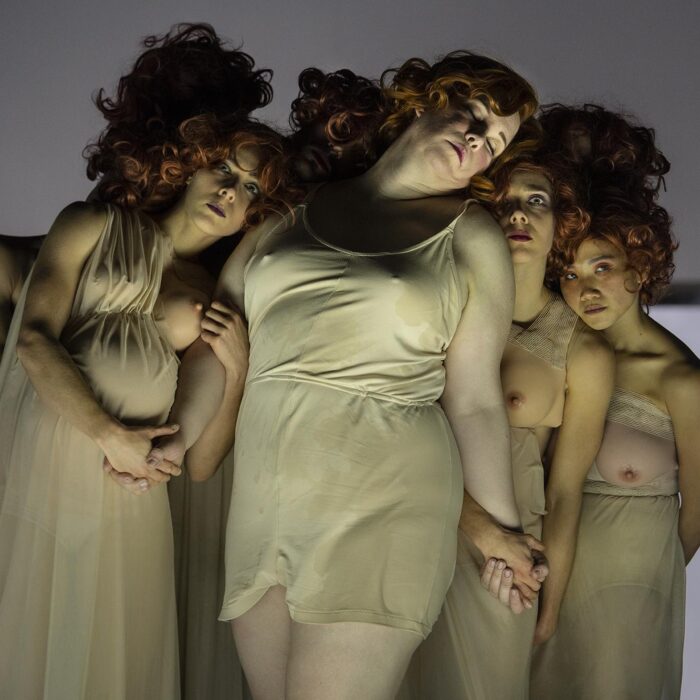
Opera Profile: Strauss II’s Perennial New Year’s Classic, ‘Die Fledermaus’
By David SalazarJohan Strauss II’s most famous operetta is undeniably “Die Fledermaus.”
Filled with intoxicating tunes and a hilarious story, the work, which had its world premiere on April 5, 1874, has become a touchstone of many New Year’s Eve celebration. The work was written by Karl Haffner and Richard Genée and remains a major repertory staple around the world.
Short Plot Summary
Gabriel Von Eisenstein has been sentenced to prison. His maid Adele receives a letter that is supposedly from her sister (but is really from Falke), inviting her to a party at Prince Orlofsky’s. She tells Eisenstein’s wife Rosalinde that her aunt is sick and asks for the evening off. Falke arrives telling his friend Eisenstein about the ball and convinces him to skip prison and head on over; he wants revenge for a practical joke that Eisenstein played on him years before. Eisenstein bids farewell to his wife.
Rosalinde’s singing teacher Alfred serenades her and tries to seduce her. Frank, the governor, arrives to take Eisenstein to prison but finds Alfred posing as Rosalind’s husband. He takes him off to jail.
All the characters arrive at the ball assuming different identities. Rosalinde is a Hungarian countess and Eisenstein is immediately smitten with her. She extracts a valuable watch from Eisenstein instead. Midnight arrives and they all celebrate together. They toast and Eisenstein and Frank runoff as the clock strikes six.
Now at the prison, the jailer Frosch cannot stand Alfred’s singing. Adele arrives to ask for Frank, who at the ball had disguised himself as a Frenchman and promised to sponsor her as an actress. Eisenstein arrives to serve his sentence but finds out that Alfred was placed in the cell in his stead. He thinks he has been cuckolded and disguises himself. Rosalinde arrives and Eisenstein confronts her. He claims vengeance until she produces the watch. Falke arrives with party guests and reveals the payback. Eisenstein and Rosalinde makeup and everyone celebrates.
Famous Musical Passages
Nearly every musical number is a famous ditty, but perhaps the overture, with its famous waltzes is the most recognizable piece in the work. From there, you can take your pick as the opera moves from one iconic aria to the next, the champagne aria being one of them.
Watch and Listen
Here is an iconic production of the work from the Royal Opera House Covent Garden featuring Plácido Domingo in the pit and Kiri Te Kanawa as the leading lady.
Categories
Opera Wiki

